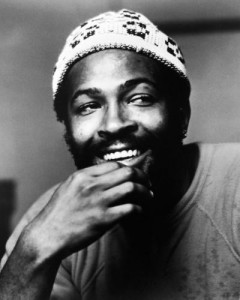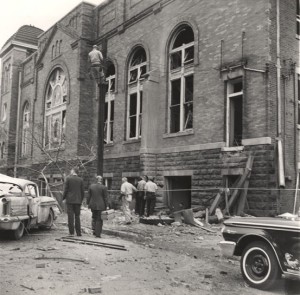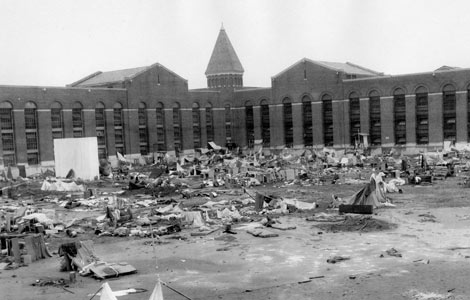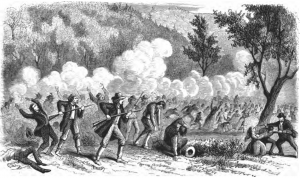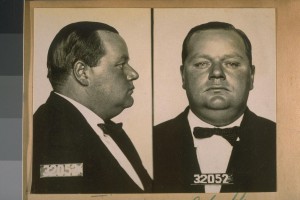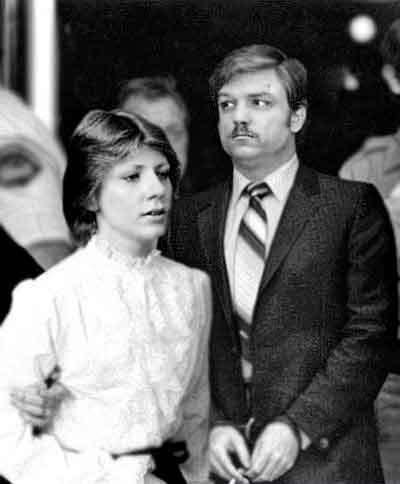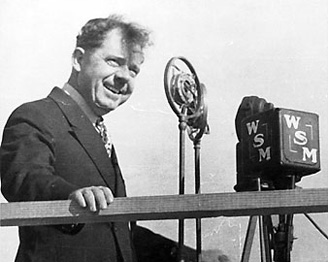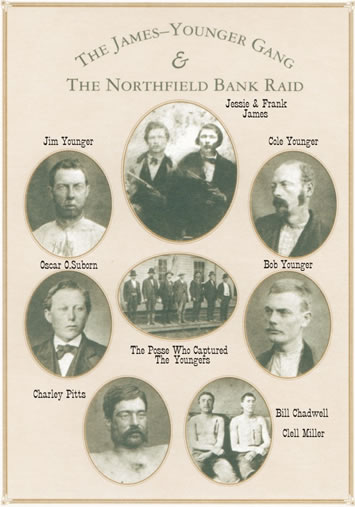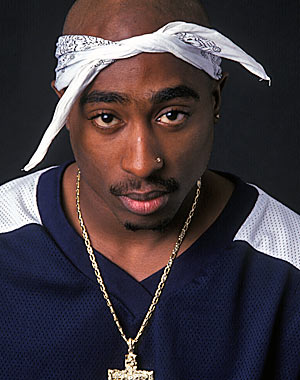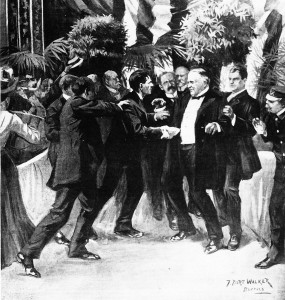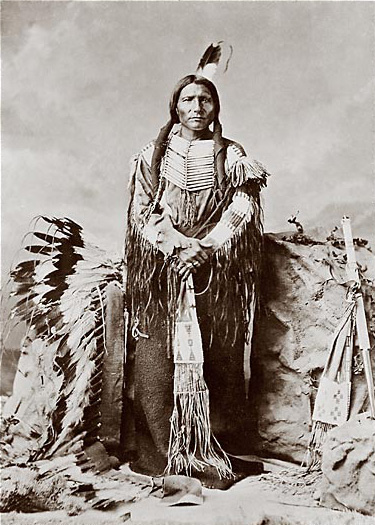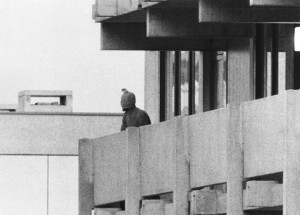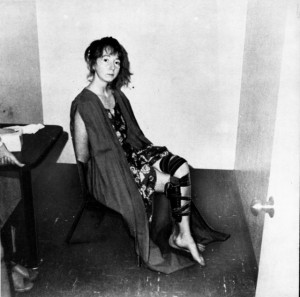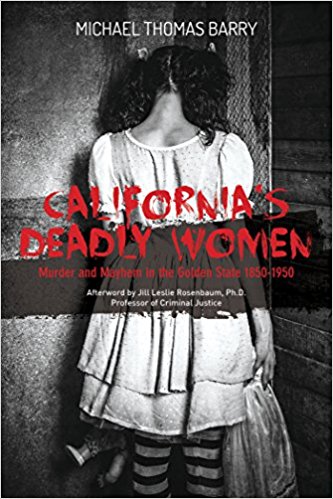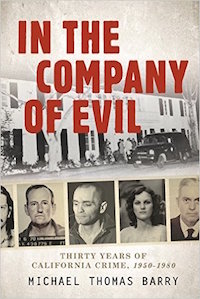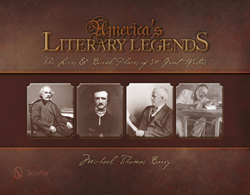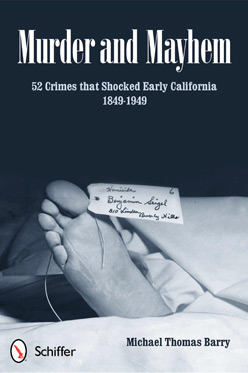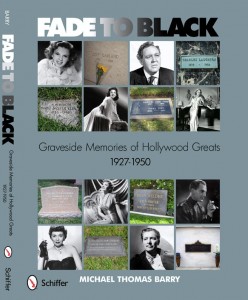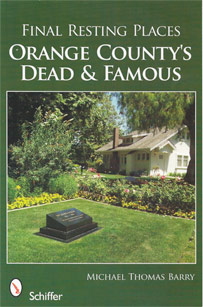09.20
On this date in 1984, Marvin Gay Sr. agrees to a plea bargain agreement that will keep him out of jail for shooting his son, singer Marvin Gaye. Originally charged with first-degree murder, Gaye’s 70-year-old father agreed to plead no contest to involuntary manslaughter after an investigation into the shooting revealed that he had received massive bruises from the violent argument. In addition, Gaye, who was to turn 45 the next day, had cocaine in his system. Marvin Gay Sr. served five years probation and died in 1998. Marvin Gaye, who added the “e” to his name when he broke into show business, was one of Motown’s biggest stars with massive hits such as “I Heard It Through the Grapevine,” “What’s Going On,” and “Sexual Healing.” He was also the third acclaimed soul singer of the 1960s to die a premature and tragic death. Sam Cooke (“You Send Me,” “Cupid”), who had just crossed over into becoming a mainstream star, was shot to death in December 1964 outside a Los Angeles motel. And Otis Redding, one of the finest rhythm and blues singers, perished in a 1967 plane crash, right before his “Dock of the Bay” became a No. 1 hit. A popular singer throughout the late 1960s and early 1970s, Gaye’s career hit a lull during the disco era. But, just prior to his death, he had made a comeback with one of his biggest-selling albums, Midnight Love.

